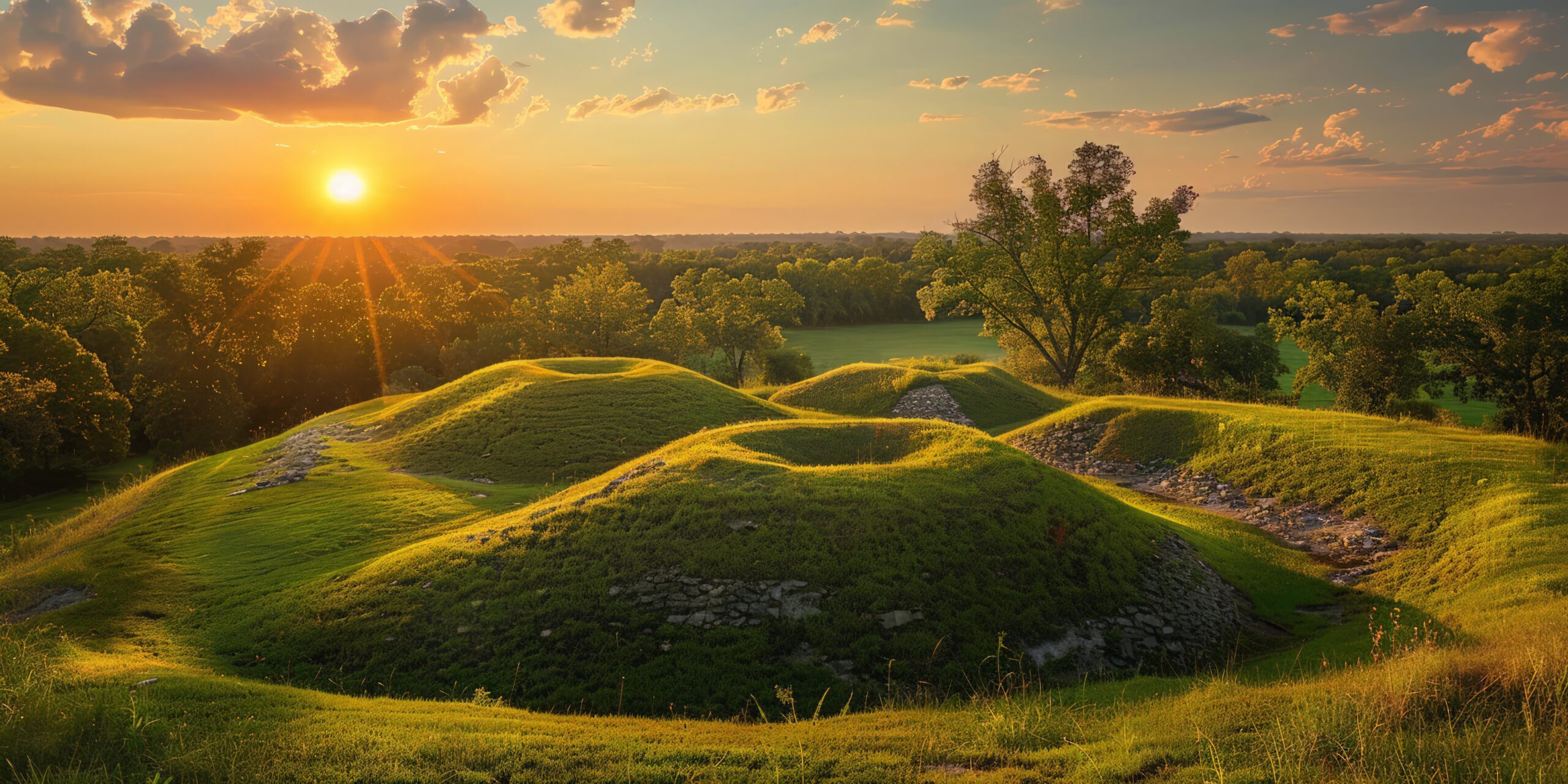Today, August 3, is National Watermelon Day. Mark Twain once wrote that to eat a watermelon is to know “what the angels eat.” It is one of our favorite summer treats, and full of history as well as taste and nutrients. We’ve gone around the web and collected some fun facts about this delicious fruit. No wait, vegetable. Gourd? Let’s dive in:
WATERMELONS ARE BOTH A FRUIT AND A VEGETABLE.
According to watermelon.org, the watermelon is a fruit, botanically. It is the fruit of a plant originally from a vine of southern Africa. It is a member of the cucurbitaceae plant family of gourds (classified as Citrullus lantus), related to the cucumber, squash and pumpkin.
But many gardeners think of them as vegetables, since they grow them in their gardens alongside other summer veggies like peas and corn. According to Webster’s dictionary, a vegetable is anything made or obtained from plants. Since watermelon is grown as a vegetable crop using vegetable production systems, watermelon is considered a vegetable (Wolford, 2004)
THEY’VE BEEN AROUND FOR A VERY LONG TIME.
National Geographic reports that archaeologists found watermelon seeds, along with the remnants of other fruits, at a 5,000-year-old settlement in Libya.
The first watermelon harvest to be recorded by humans happened nearly 5,000 years ago in Egypt and is depicted in Egyptian hieroglyphics on walls of their ancient buildings. Watermelons were often placed in the burial tombs of kings to nourish them in the afterlife. Watermelons can be kept edible for months if kept in the right conditions, which made it perfect to cultivate for the Egyptians, and many other cultures.

YOU CAN EAT THE ENTIRE FRUIT.
While we usually enjoy the sweet flesh, watermelon rinds are also edible. In fact, they are full of nutrients and good for us. In China, the rinds are chopped up for stir fry or stew. And, across the Middle East and Asia, the seeds are roasted and seasoned (like pumpkin seeds) to make for a healthy snack.
In fact, according to Parade.com, the first cookbook published in the U.S. in 1796 was titled American Cookery and contained a recipe for watermelon rind pickles.
THEY ARE 92% WATER!
Hence, the name. Furthermore, explorers used them as canteens, doubling their value in hydration.
THERE ARE 1200 DIFFERENT VARIETIES.
Watermelons tend to be grouped into four main categories: seeded (or picnic), seedless, icebox (also known as mini, or personal size) and yellow/orange.
One of the most popular varieties is the Crimson Sweet, a seeded melon with deep red, sweet flesh. Some of the more unusual varieties include the Golden Midget, whose rind turns yellow when it’s ripe, and the Cream of Saskatchewan, whose flesh is cream-colored.

THE SEEDLESS ONES ARE NOT GENETICALLY ENGINEERED.
Turns out, seedless watermelons are the result of farmers creating hybrid versions. A couple of decades ago, seedless watermelons were hard to find, but today they make up around 85% of the selection.
The little white “seeds” that you often still find in your seedless slices are actually empty seed coats and are perfectly safe to eat.
WATERMELONS CAN GROW TO BE REALLY, REALLY BIG.
The heaviest watermelon to date was grown by Guinness World Record holder Chris Kent, of Sevierville, Tennessee, in 2013. A Carolina Cross, it weighed in at 350.5 pounds…that’s the equivalent of an NFL lineman. To lend some perspective, an average watermelon weighs around 20-25 pounds.

WATERMELONS ARE SUPER HEALTHY FOR YOU.
Watermelons are a great source of lycopene, an antioxidant that’s been shown to reduce the risk of several types of cancers, including prostate, lung, and stomach. The juice can reduce muscle soreness as it contains Citrulline which lowers blood pressure, and it can improve eyesight and eye health as it’s so high in Vitamin A.

FARMERS IN JAPAN HAVE PERFECTED THE ART OF GROWING THEM IN ODD SHAPES.
In Japan, farmers have been growing cube-shaped watermelons for the past 40 years, forcing them into their square shape by cultivating them in box-like braces. When the watermelon fills the cube and gets picked, it’s generally not ripe yet, meaning the inedible melons are sold—for prices upwards of $100—as novelty items and gifts. (The original idea was for them to better fit into standard refrigerators.) More recently, farmers have grown watermelon in the shape of hearts, as well as pyramids and human faces.





















